Robotic Process Automation (RPA) is revolutionizing the way businesses operate, enabling them to streamline their processes and achieve unparalleled efficiency and productivity.
By automating repetitive or routine tasks and optimizing business processes, organizations can unlock the full potential of automation.
In this article, we will explore the ins and outs of RPA, its role in business process management, and the benefits it brings to various industries.

What Is Robotic Process Automation?
Robotic process automation (RPA) refers to the use of software robots that mimic human actions to automate repetitive tasks.
These robots interact with business systems and applications, performing rule-based actions and data manipulations. By leveraging RPA, organizations can reduce manual effort, increase accuracy, and free up personnels to focus on higher-value work.
RPA tools provide the necessary infrastructure to build, deploy, and manage these software robots efficiently.
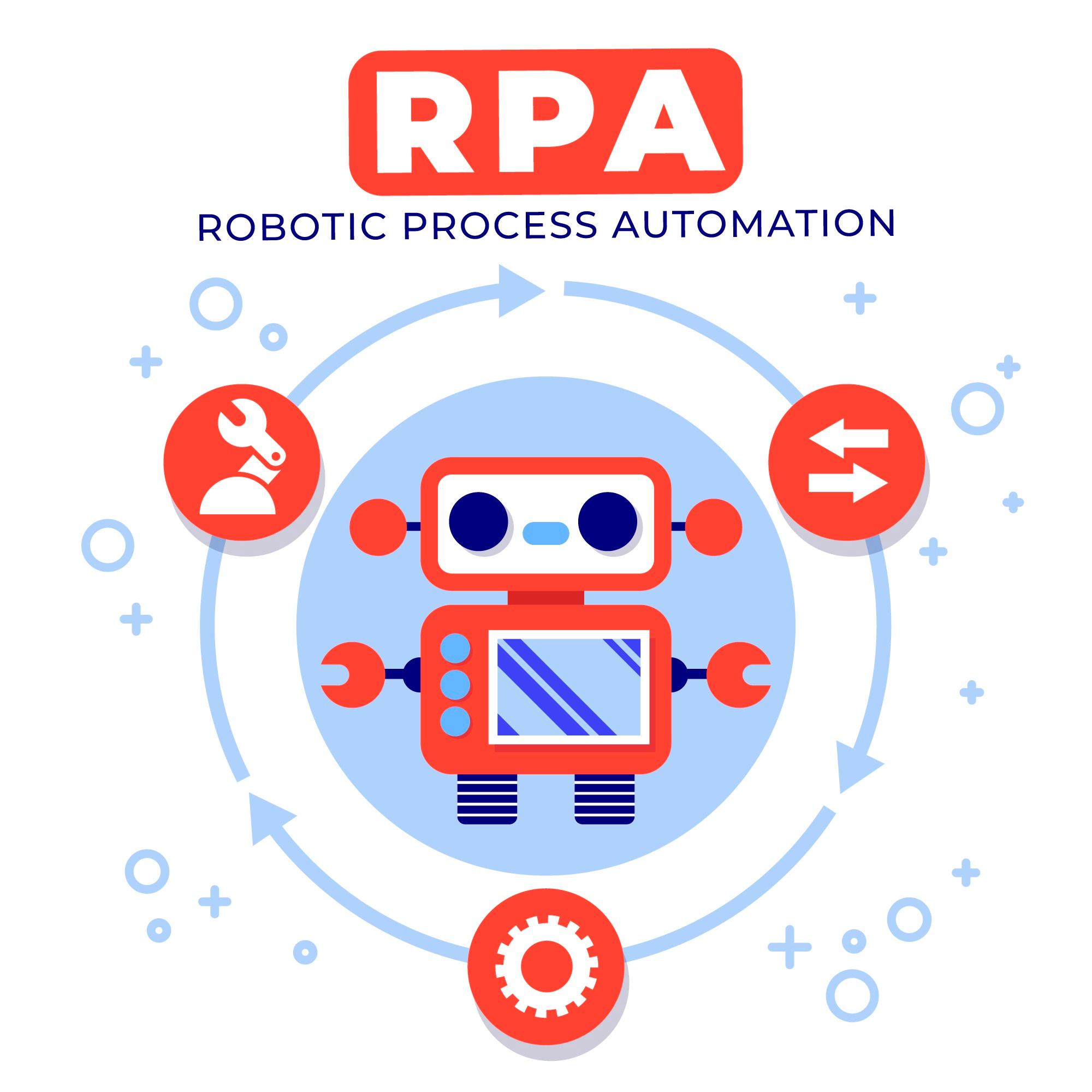
Leveraging RPA for Business Process Management (BPM)
Robotic Process Automation has emerged as a transformative technology that offers tremendous potential in streamlining and enhancing Business Process Management (BPM). By harnessing the power of RPA, organizations can unlock new levels of efficiency, accuracy, and innovation in their business processes.

Exploring the benefits of RPA in BPM
When it comes to managing business operations, Robotic Process Automation (RPA) can be a game-changer. RPA brings a plethora of benefits that can revolutionize the way organizations operate.
By automating routine tasks, RPA frees up personnels and allows them to focus on more strategic and value-added work. This not only boosts efficiency but also enhances employee satisfaction and engagement.
Introduction to intelligent automation and its relation to RPA technology
Intelligent automation is an exciting extension of RPA that takes automation to the next level. It combines the power of RPA with artificial intelligence (AI) technologies such as natural language processing (NLP) and machine learning (ML).
NLP enables software robots to understand and interact with human language, making them capable of handling unstructured data and communicating with users in a more human-like manner. ML empowers RPA to learn from patterns and insight, enabling continuous improvement and smarter decision-making.
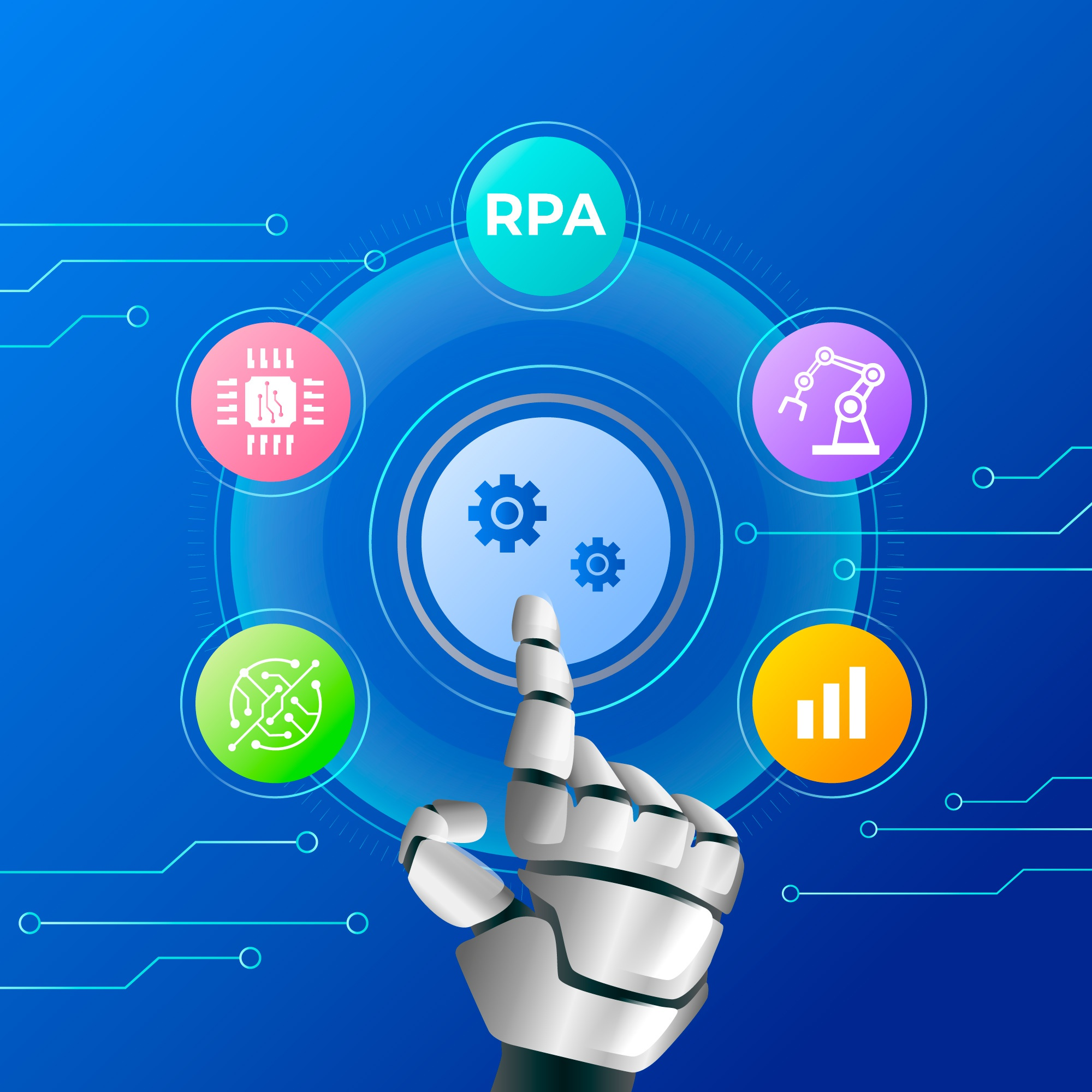
Integration of RPA with current systems and technologies
One of the remarkable aspects of RPA is its ability to seamlessly integrate with current systems and technologies. Whether you use legacy systems, enterprise resource planning (ERP) software, or customer relationship management (CRM) tools, RPA can work harmoniously alongside them. It acts as a digital glue, connecting different systems and automating tasks that span across them.
This integration eliminates the need for expensive and time-consuming system upgrades, allowing organizations to leverage their existing investments while reaping the benefits of automation.

Utilizing natural language processing and machine learning in RPA
NLP and machine learning (ML) are key components of intelligent automation within RPA. NLP enables software robots to understand, interpret, and extract meaning from human language, whether it’s written or spoken.
This capability opens doors to automate processes involving documents, emails, customer inquiries, and more. ML, on the other hand, equips RPA with the ability to learn from statistics, recognize patterns, and make predictions.
By analyzing large datasets, ML algorithms can identify trends, anomalies, and opportunities for process optimization. These advanced capabilities enhance the accuracy, speed, and intelligence of RPA, leading to more efficient and effective business operation management.

Implementing RPA for Process Automation
RPA technology enables organizations to automate complicated tasks that were previously time-consuming and error-prone. By utilizing RPA software, businesses can streamline their operations and automate repetitive processes, resulting in significant time and cost efficiency.
RPA also plays a vital role in modernizing legacy systems, bridging the gap between outdated technologies and advanced business process automation.
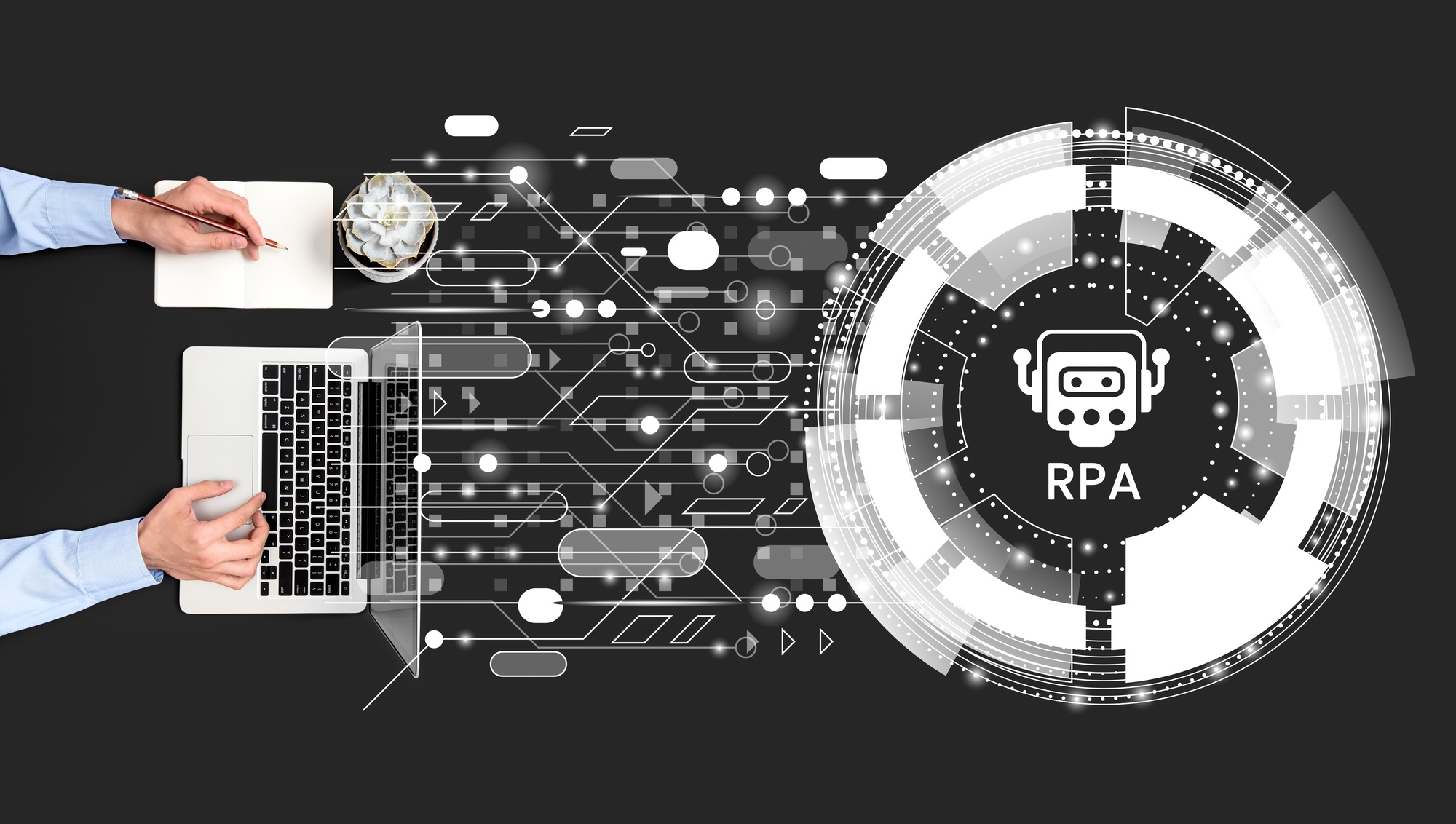
The Role of RPA in Digital Transformation
Digital transformation is a strategic imperative for businesses across industries. RPA acts as a catalyst in this journey by driving automation technologies and integrating artificial intelligence (AI) capabilities.
By implementing RPA, organizations can enhance customer experience, optimize business workflows, and empower their leaders to make data-driven decisions.
Additionally, RPA’s impact on human workers and resources leads to increased employee happiness and client satisfaction.
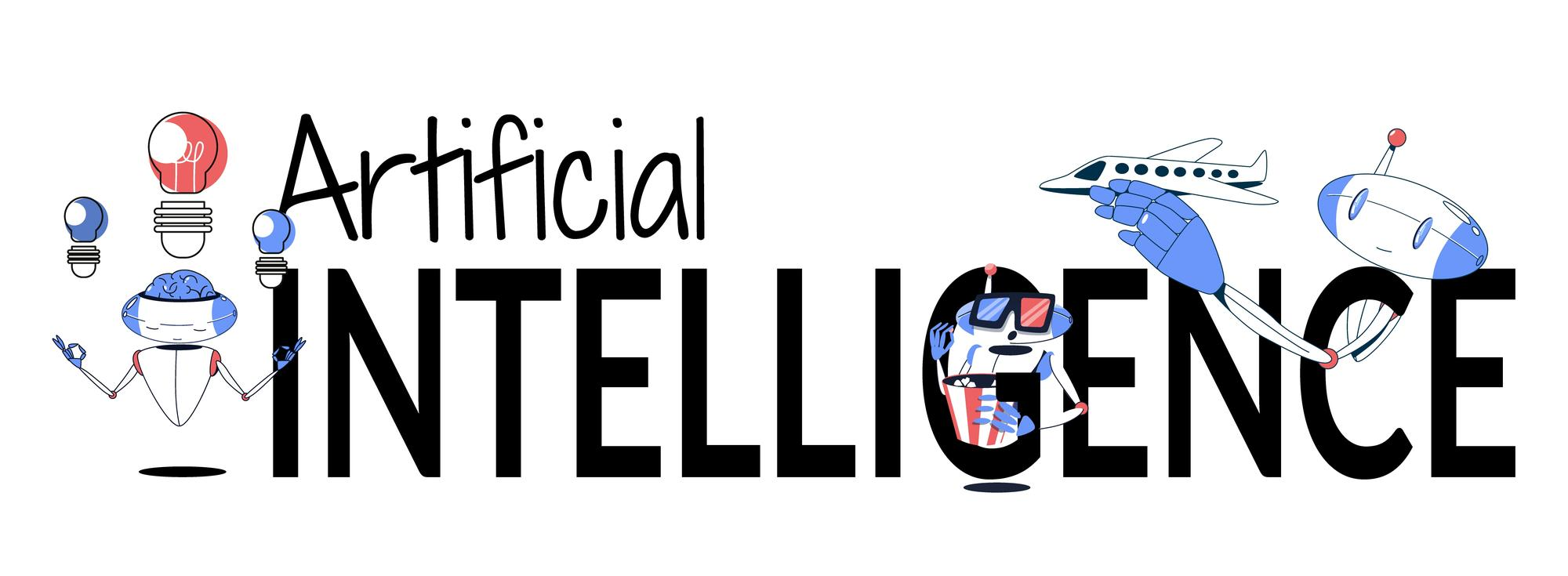
Benefits of Robotic Process Automation
The benefits of Robotic Process Automation (RPA) are manifold and can have a transformative impact on organizations. Here are some key advantages:
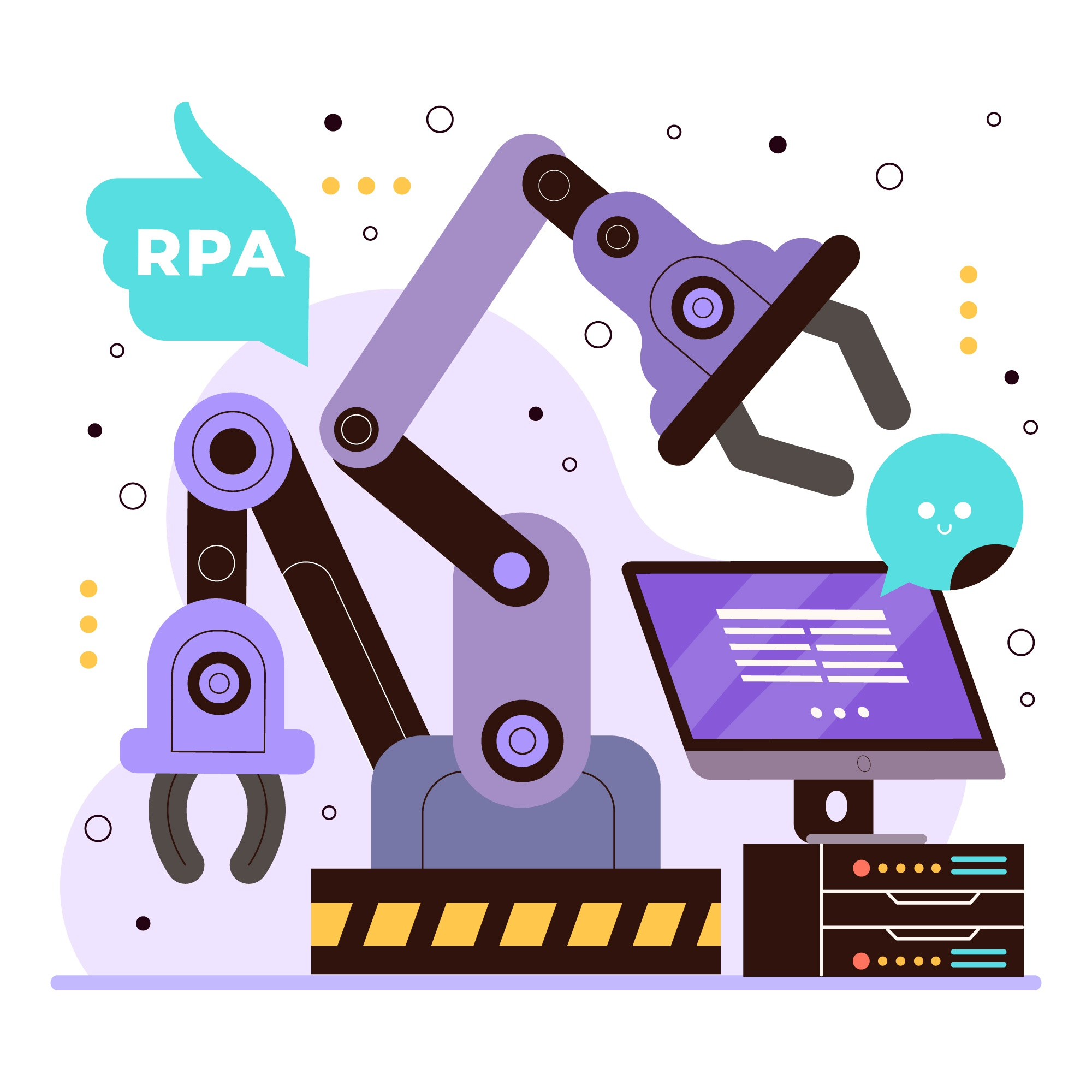
Increased Efficiency and Productivity
RPA automates repetitive and rule-based tasks, allowing employees to focus on more strategic and value-added work. By handling mundane and time-consuming tasks, RPA accelerates processes, reduces turnaround times, and boosts overall efficiency.
Cost Savings
RPA can lead to significant cost savings by reducing manual effort and the need for additional workforce. It eliminates errors caused by human factors, resulting in lower operational costs and improved resource allocation. RPA also enables organizations to achieve more with fewer resources.

Enhanced Accuracy and Quality
Robots programmed with RPA are highly accurate and consistent. They follow predefined rules and algorithms precisely, minimizing errors and ensuring data integrity. The elimination of human error leads to improved quality and compliance in business processes.
Scalability and Flexibility
RPA allows organizations to scale their automation efforts as needed. Additional robots can be deployed easily to accommodate increased workload or process volumes. RPA also offers flexibility by adapting to changing business requirements without significant disruptions or the need for extensive reengineering.
Integration with Current Systems
RPA integrates seamlessly with current systems and technologies, bridging the gap between legacy and modern applications. It interacts with various software and platforms, enabling organizations to leverage their existing IT infrastructure investments. This integration facilitates end-to-end automation and smooth process flow.
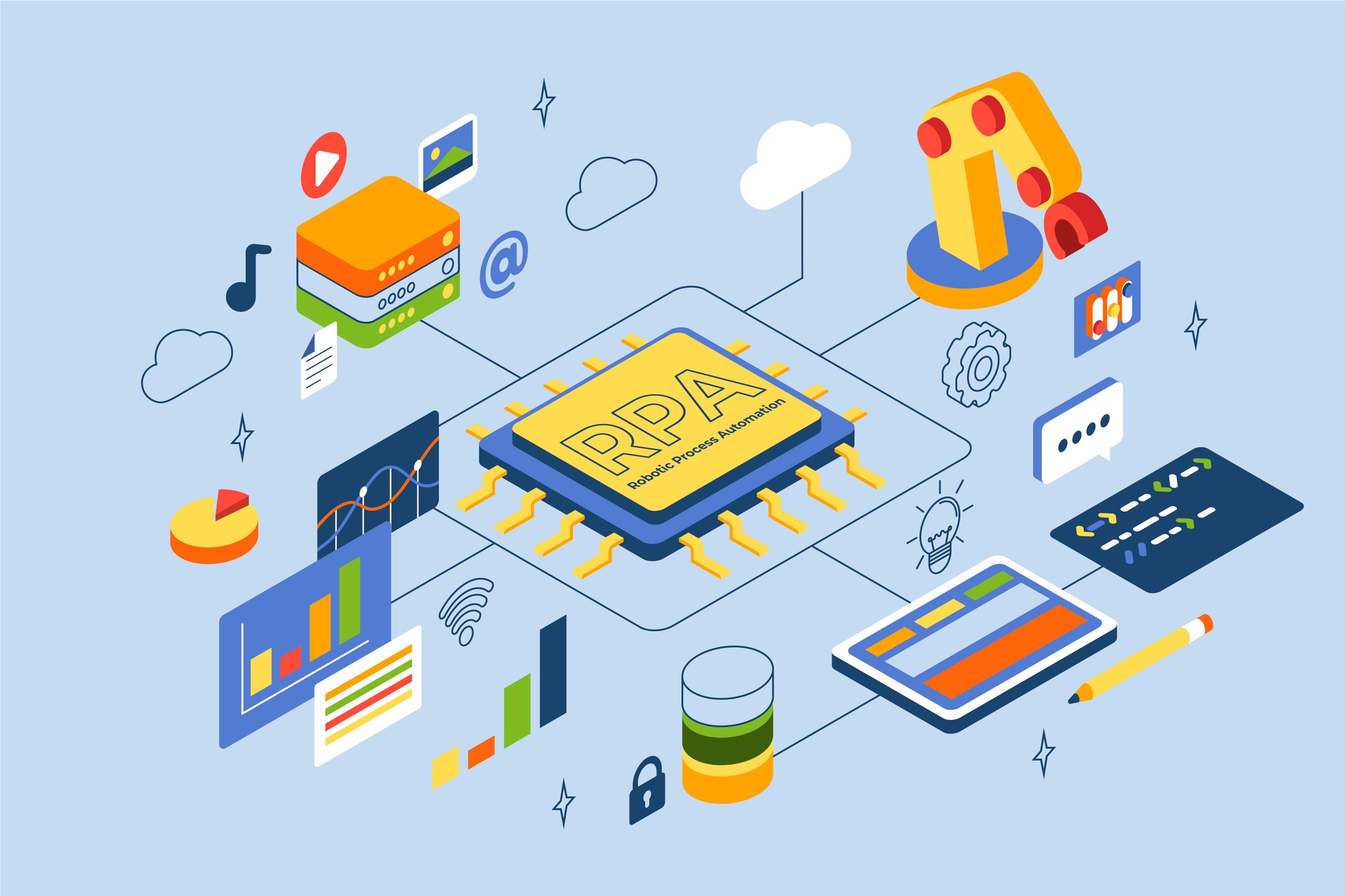
Improved Customer Experience
By automating processes, organizations can deliver faster response times, reduce customer wait times, and enhance service quality. RPA enables organizations to handle customer inquiries, process transactions, and provide real-time updates promptly, resulting in higher customer satisfaction and improved customer experience.

Compliance and Auditability
RPA allows for enhanced compliance by ensuring that processes adhere to predefined rules and regulations. It provides an audit trail and comprehensive documentation of activities, enabling organizations to meet compliance requirements and undergo audits with ease.
Insights and Analytics
RPA generates valuable insights through its automated processes. Organizations can analyze this insight to identify patterns, trends, and areas for further optimization. By leveraging analytics, RPA enables data-driven decision-making and continuous process improvement.
These benefits make RPA a valuable tool for organizations looking to streamline their operations, achieve cost efficiencies, and stay ahead in today’s competitive landscape. By embracing RPA, organizations can unlock new levels of productivity, accuracy, and agility, leading to increased business success.

Applications of Robotic Process Automation
Robotic Process Automation (RPA) finds applications across various industries and sectors, offering immense value in automating a wide range of processes. Some key applications of RPA include:

Data Entry and Processing: RPA can automate data entry tasks by extracting information from various sources, such as forms, documents, or emails, and entering it into the desired systems or databases. This eliminates manual data entry errors, accelerates data processing, and improves accuracy.
Financial Workflows: RPA can automate financial workflows such as invoice processing, accounts payable/receivable, financial reporting, and reconciliation. By automating these tasks, RPA reduces processing time, ensures accuracy in financial info, and enhances compliance with regulatory requirements.
Customer Service and Support: RPA can streamline customer service and support operations by automating operations like ticket management, query handling, and customer info management. It can extract information from multiple systems to provide a comprehensive view of customer interactions, enabling faster response times and improved customer satisfaction.
Human Resources (HR) Workflows: RPA can automate HR workflows such as employee onboarding, payroll processing, leave management, and benefits administration. By eliminating manual paperwork, RPA reduces administrative burden, improves insight accuracy, and enhances employee experience.
Supply Chain and Logistics: RPA can streamline supply chain and logistics operations, including order processing, inventory management, shipment tracking, and supplier management. It ensures timely and accurate order fulfillment, reduces errors, and improves supply chain visibility.
Healthcare Operations: RPA can streamline healthcare operations by automating tasks like patient registration, claims processing, appointment scheduling, and medical records management. This improves efficiency, reduces administrative burdens, and enhances patient care and satisfaction.
Compliance and Risk Management: RPA can help organizations ensure compliance with regulatory requirements by automating compliance checks, monitoring protocols, and generating audit reports. It reduces the risk of human error, improves accuracy in compliance-related activities, and facilitates better risk management.
IT Operations and Infrastructure: RPA can streamline various IT operations and infrastructure tasks, including password resets, system monitoring, software installation and updates, and info backups. It reduces manual effort, improves system availability, and enhances IT service delivery.
These are just a few examples of the wide-ranging applications of RPA. Virtually any process that involves rule-based, repetitive tasks and structured data can benefit from RPA. As the technology continues to advance, new applications and use cases are constantly emerging, making RPA a versatile and invaluable tool for organizations across industries.
Exploring RPA Tools and Technologies
RPA tools and technology is evolving rapidly, introducing cutting-edge capabilities to enhance automation. Computer vision, for instance, enables software robots to interpret and interact with visual information, expanding their automation potential.
RPA centers and enterprise applications orchestration provide centralized control and management of the automation ecosystem. Ensuring security and protecting sensitive info are paramount, and RPA software technology continues to advance in this aspect.

Overcoming Challenges and Considerations
While RPA brings immense benefits, organizations must address potential challenges in its implementation.
Effective collaboration between RPA bots and human workers is crucial for successful automation.
Managing the impact on business units and systems requires careful planning and communication. Striking a balance between automation and human intervention is vital to preserve flexibility and adaptability in dynamic business environments.
Conclusion
Robotic Process Automation is revolutionizing business processes by streamlining operations, improving accuracy, and reducing costs.
The positive effects of automation on productivity and accuracy cannot be understated.
As organizations embrace the power of RPA, they embark on a transformative journey that optimizes their processes and unleashes their full potential.
The future holds tremendous opportunities for RPA in various industries, and businesses are encouraged to start automating with RPA to stay ahead in today’s competitive landscape.
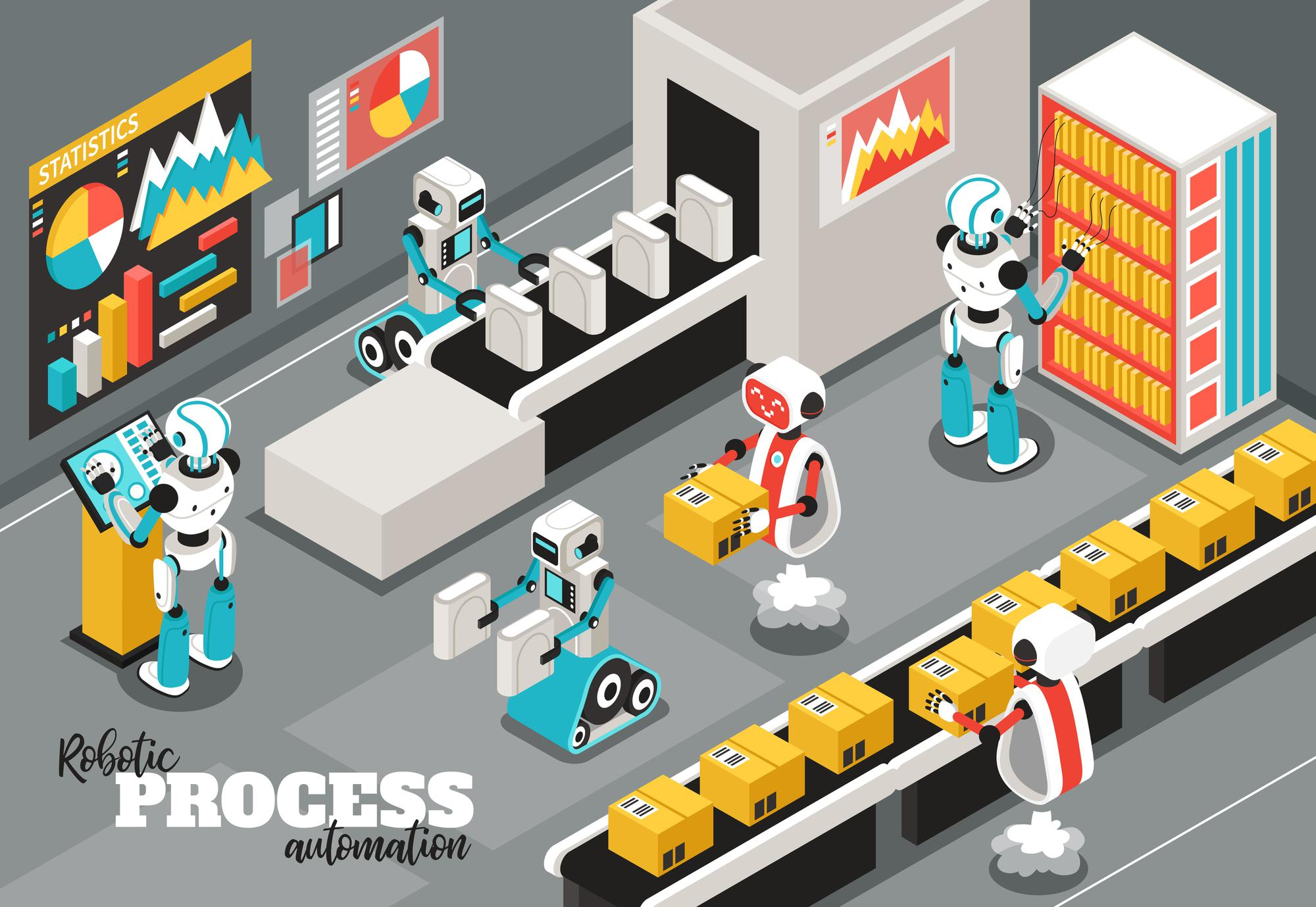
People Also Ask (FAQs)
What are the key benefits of streamlining business processes with robotics and automation?
Streamlining business processes with robotics and automation offers several key benefits. Firstly, it improves operational efficiency by automating repetitive tasks, freeing up valuable human resources to focus on more strategic and creative work. Secondly, automation reduces errors and enhances accuracy, resulting in improved quality and customer satisfaction. Lastly, it enables organizations to achieve cost savings by optimizing resource allocation and reducing manual effort.
How does Robotic Process Automation (RPA) integrate with existing systems and technologies?
Robotic Process Automation (RPA) is designed to seamlessly integrate with existing systems and technologies. It acts as a digital glue, connecting different systems and applications without requiring extensive changes or upgrades.
RPA works with legacy systems, enterprise resource planning (ERP) software, customer relationship management (CRM) tools, and other business applications. This integration allows RPA to automate tasks across multiple systems, streamlining end-to-end protocols and maximizing the efficiency of existing technology investments.
Can automation software robots handle unstructured data and complex tasks?
Yes, automation software robots, especially when combined with intelligent automation capabilities, can handle unstructured data and complex tasks. Technologies such as NLP and machine learning (ML) empower these robots. NLP enables them to understand and interact with human language, making it possible to process unstructured data from documents, emails, and other sources.
ML allows the robots to learn from patterns and data, enabling them to handle more complex tasks and make data-driven decisions. With these capabilities, automation software robots can tackle a wide range of business operations, regardless of the data format or task complexity.



